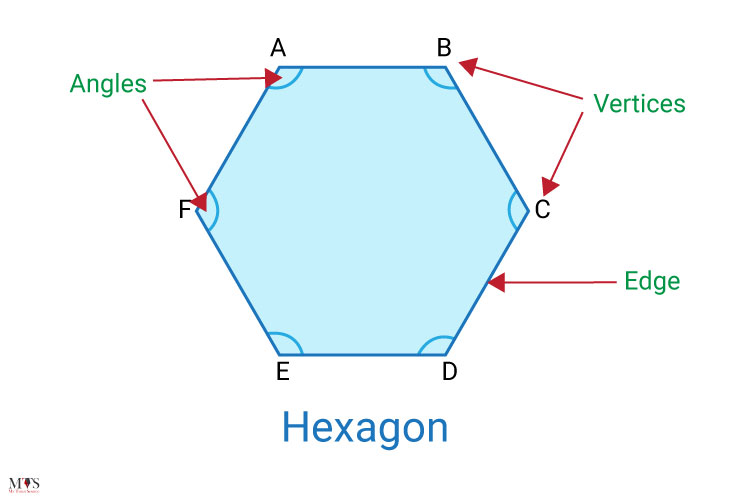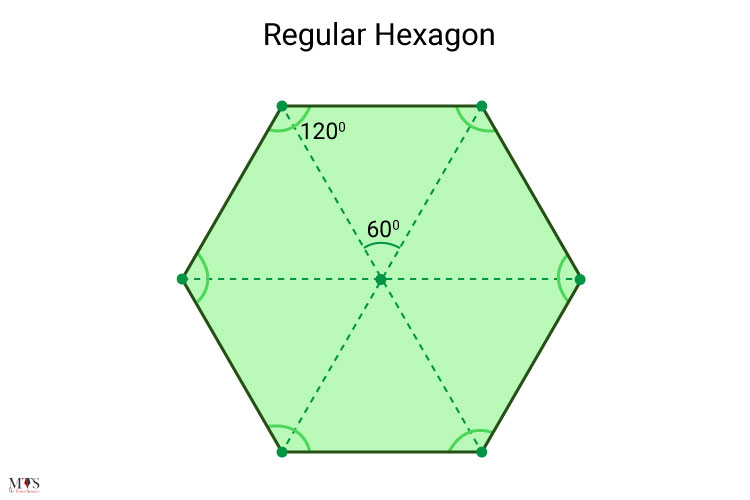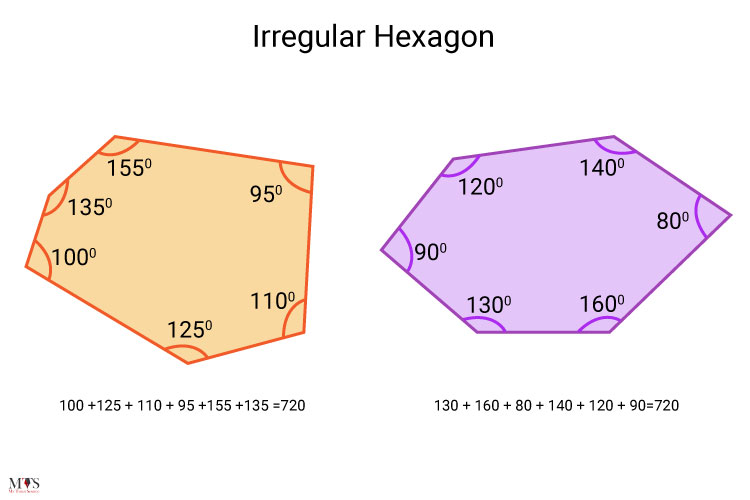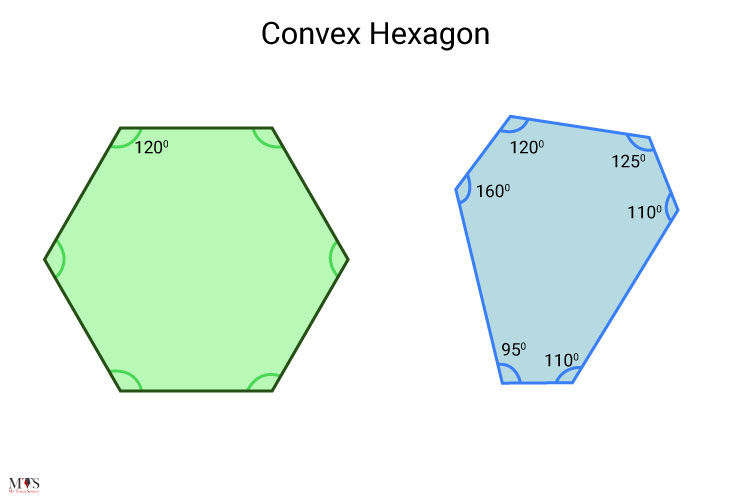

The two-dimensional shaped Hexagon is used in geometry. We find Hexagon shaped things everywhere, around us. Its name explains its sides quite clearly, such as:
The root word ‘Hex’ means six, a Greek prefix.
‘Gonia’ means corners.
Collectively it means six corners. Isn’t it easy to remember this 2D shape with six angles, six sides, six straight lines, six angles? To learn more about this closed 2D shape and discover what differentiates it from other polygons, give this blog post a read. We have shared the most important information about Hexagons here.
A closed shape with six sides, six equal lengths, six interior angles, and six vertices is known as Hexagon. The sum of its total internal angles is 720°.
According to math tutors and professors, the most asked question during geometry class is how many sides a hexagon has or do all hexagons have six equal sides. Let us delve into the depth of hexagons and figure out how many sides all types have.
Hexagon shape are for following types:
The properties of a regular hexagon are

The properties of an irregular hexagon are

A convex hexagon has

A concave hexagon has

The shape of hexagon comes in two forms:
Most of the things around us are in a hexagon shape; the following are a few real-life examples:

All hexagons have six sides. The sum of all sides is the perimeter of the hexagon. The sides of the hexagon have straight edges and form a closed shape.
Each side of a regular hexagon is equal in measure; however, the two sides of an irregular hexagon are different. That’s why calculating the length of regular hexagon sides is quite easier than of irregular hexagons. For example, to calculate the length of each side, divide its perimeter by 6. i.e., Perimeter ÷ 6
Following are the properties related to angles of the hexagon;
The important properties of the hexagon are given below:
A line segment that joins two non-adjacent vertices of a polygon is called the diagonal of a hexagon. Each vertex of the hexagon has three diagonals, so, collectively, a hexagon has 18 diagonals.
Basically, the hexagon has two types of diagonals:
The length of each short and long diagonal can be measured using the formula √3s and 2s, respectively. Here, s represents the length of each side.
Solution
the perimeter of the hexagon = 108 units.
Divide the perimeter by 6.
Perimeter ÷ 6 ⇒ 108 ÷ 6
= 18 units
Hence, 18 units is the length of each hexagon’s sides.
Hexagon: a six-sided regular polygon or 6-gon
| Number of sides | 6 |
| Number of vertices | 6 |
| Interior angle | 120° (Sums up to 720°) |
| Exterior angle | 60° (Sums up to 360°) |
| Perimeter | P= 6* a (a = side) |
| Area | A = 3√3/2 R2 |